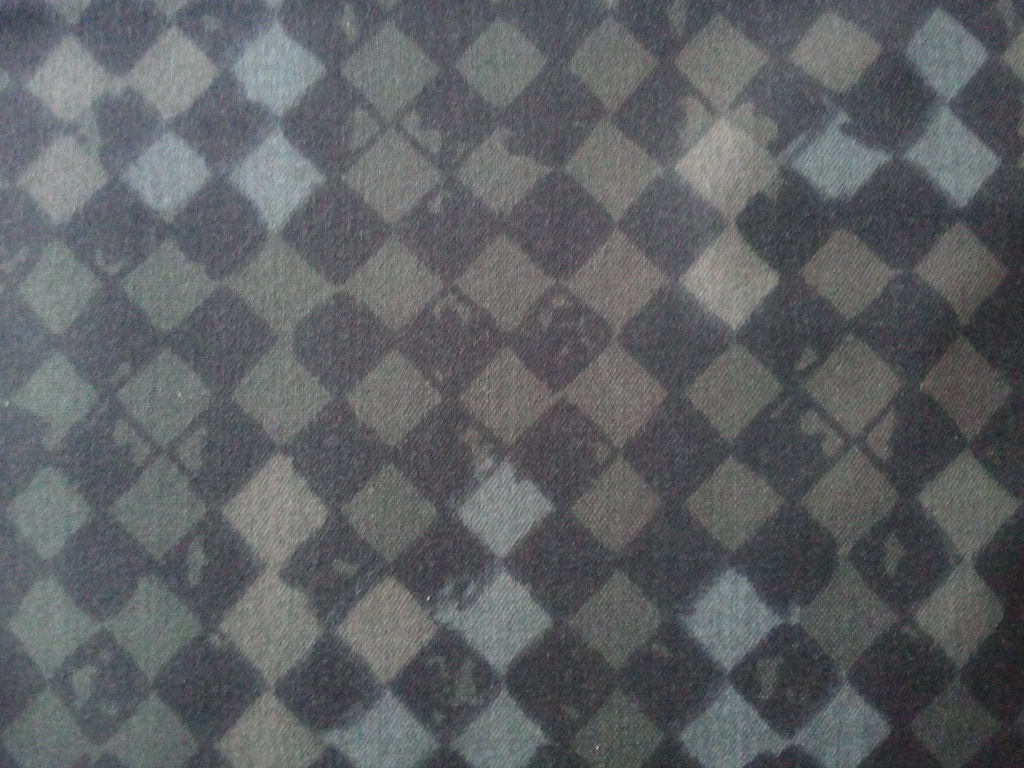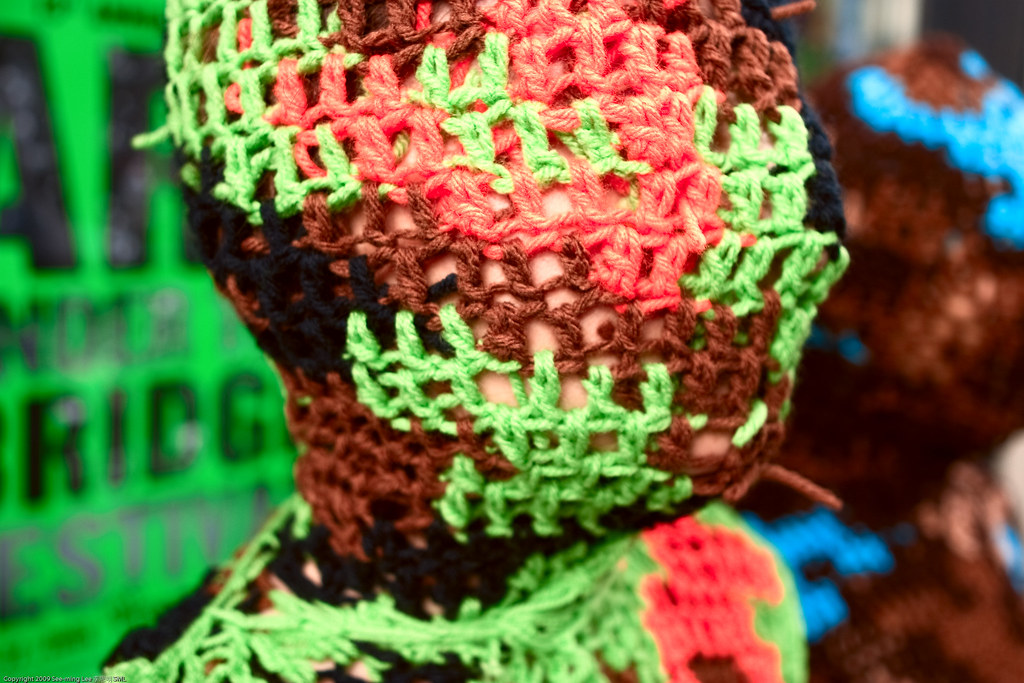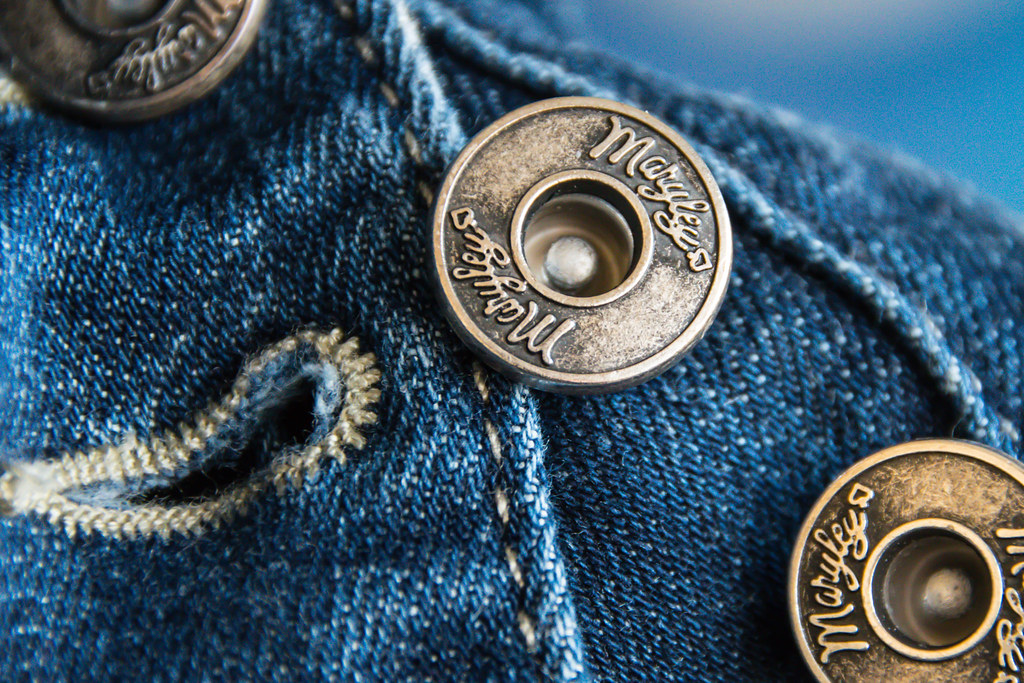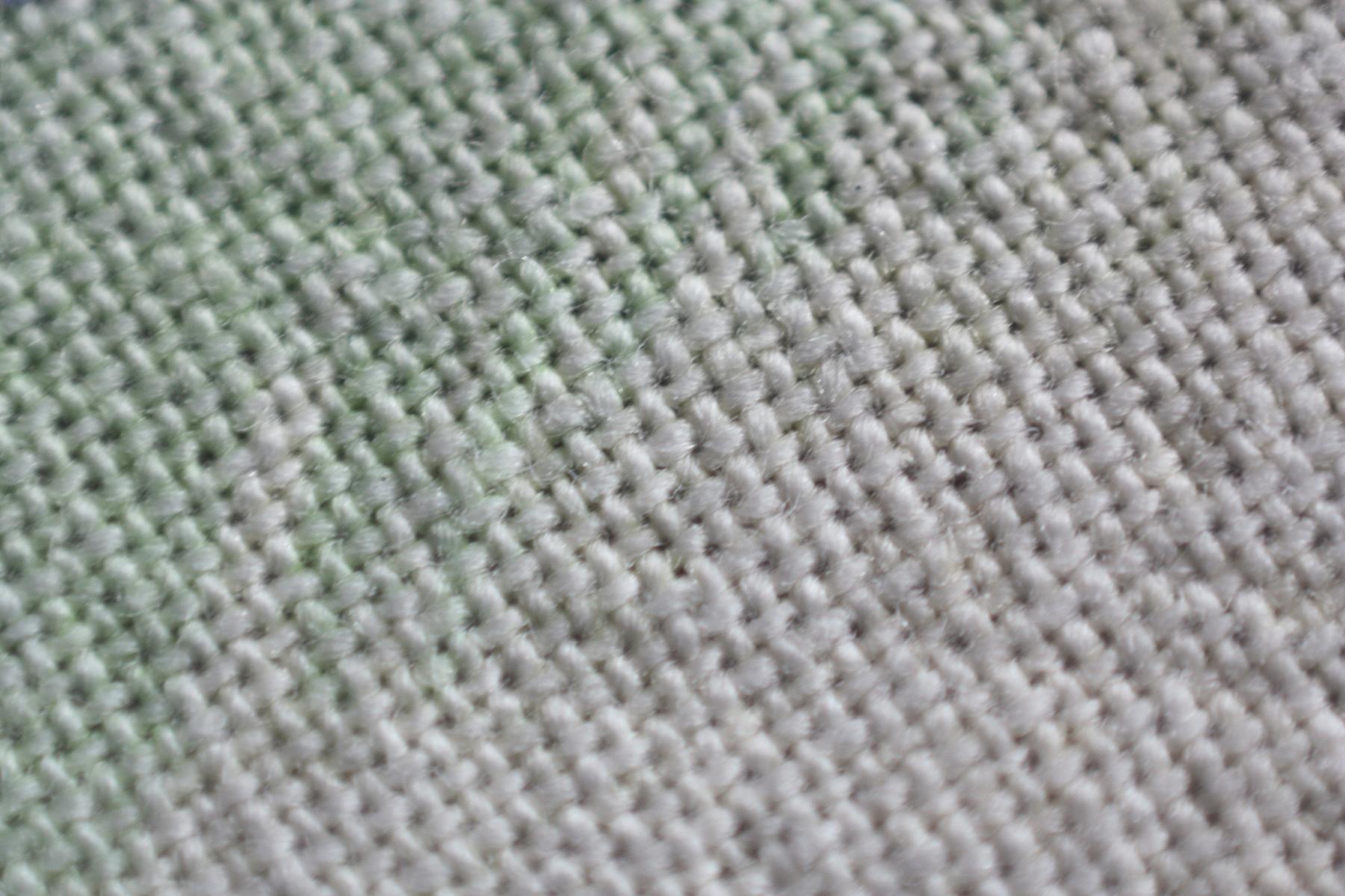When it comes to interior design, there are few things that can make a bigger impact than textiles. From the way they feel to the way they look, adding the right textiles to your space can completely transform it into a luxurious haven. But with so many options out there, how do you know which ones will truly elevate your design? The answer may surprise you. In this blog post, we’ll uncover the secret to creating a truly luxurious interior design using one often overlooked element: textile art. Get ready to be inspired and amazed at how this simple addition can take your space to the next level.

Introduction to Textile Art and Its Influence on Interior Design
Textile art has been a part of human culture for centuries, and its influence on interior design has been significant. From tapestries to quilts, textile art pieces have the power to transform a room into a luxurious space. The use of textiles in home decor can add warmth, texture, and color to any room. They can be used as statement pieces or to complement existing decor.
One of the advantages of using textile art in interior design is its versatility. It can be used in various forms such as curtains, rugs, throw pillows, and wall hangings. Textiles also provide an opportunity to experiment with different colors, patterns, and textures to create a unique look that reflects your personality and style.
Moreover, textile art can also help create a cozy and inviting atmosphere in your home. Soft fabrics like wool or cotton can add warmth and comfort to any space. In contrast, silk or satin fabrics can add elegance and sophistication.
Overall, incorporating textile art into your interior design is an excellent way to enhance the look and feel of your home while adding a touch of luxury and comfort.

How Textile Art Can Transform a Room into a Luxurious Space
Textile art is a powerful tool in transforming any room into a luxurious space. Customized pieces such as area rugs, throw pillows, and curtains can add richness and depth to your interiors. For instance, handwoven textiles including Persian or Oriental rugs can anchor the entire room’s aesthetic while adding texture and warmth to the flooring. Meanwhile, decorative throws on sofas or armchairs offer comfort while also showcasing unique patterns and designs that complement other elements of your decor.
In addition to adding visual appeal, textile art pieces like tapestries can soften harsh textures in modern spaces while still retaining their edgy quality. Incorporating tactile materials like velvet or chenille cushions adds an extra dimension of luxury to any living areas. Whether you prefer rich colors or subtle hues in neutral tones, selecting custom textiles is an excellent way of highlighting your personal style with unexpected touches of elegance throughout your home design scheme.
The Different Types of Textile Art Pieces for Your Home Decor
Textile art pieces come in different forms and styles, each with its unique charm and character. Some of the most popular types of textile art for home decor include tapestries, quilts, embroidery, and woven rugs. Tapestries are great for adding a touch of history and culture to your interiors, while quilts provide warmth and comfort to your bedroom or living room. Embroidery adds a personal touch to your space, and woven rugs bring texture and depth to your floors. When selecting textile art pieces, consider the theme of your room, the color scheme you want to achieve, and the overall ambiance you wish to create. Don’t be afraid to mix and match different types of textile art to create a cohesive look that reflects your style and personality.
Discovering the Right Color Scheme for Your Interior Using Textiles
When it comes to choosing the right color scheme for your interior design, textiles can be a great starting point. Look for textile art pieces that incorporate colors you love and use them as inspiration for the rest of the room. You can also mix and match different textiles in complementary colors to create a cohesive look. If you’re unsure about which colors to choose, consider using a color wheel to find complementary or analogous colors that work well together. Don’t be afraid to experiment with bold or unexpected color combinations, but be sure to balance them out with neutral tones to avoid overwhelming the space. Remember, textile art is a versatile and easy way to add color and texture to any room in your home.

Mixing and Matching Patterns: The Do’s and Don’ts in Textile Art Selection
Mixing and matching patterns in textile art can be a tricky task, but it can also add depth and personality to your interior design. The key is to find a balance between bold and subtle patterns. A good rule of thumb is to choose one dominant pattern and pair it with smaller, complementary ones. Color coordination is also important when mixing patterns. Stick to a cohesive color scheme that ties all the patterns together. Avoid using too many busy patterns in one space as it can create visual chaos. Instead, opt for a mix of solid colors, textures, and patterns to create a harmonious look. When in doubt, start small by adding patterned throw pillows or curtains before committing to larger pieces like rugs or upholstery. With some practice and experimentation, you can become a pro at mixing and matching patterns in your textile art collection.

Choosing the Perfect Texture: Incorporating Softness and Comfort in your Interiors with Textiles
Incorporating different textures is crucial to adding depth and interest in any space. Textile art pieces such as a chunky knit blanket or a shaggy rug can create tactile charm that welcomes you into the room. Utilizing soft fabrics like velvet, silk or chenille adds an element of luxury while still maintaining comfort. Mixing and matching these different textiles together creates visual harmony and can add warmth to even the coldest spaces.
When choosing textiles for your interiors, it’s important to consider their durability as well. For high-traffic areas like living rooms, it’s best to use sturdy materials like leather or canvas for your throw pillows or upholstery. However, if you’re looking for something more cozy and low-maintenance, opt for machine-washable cottons.
Don’t forget about layering! Layering different textures with throws blankets or decorative pillows brings dimension and coziness to any interior design scheme. So don’t be afraid to experiment with mixing patterns and colors – textile art has endless creative opportunities!
DIY Tips: Creating Customized Pieces of Rugs, Curtains, or Throws that Enhance Your Style
Choosing the Right Textile: A Beginner’s Guide to Fabrics, Textures and Colors
When it comes to creating customized textile pieces for your home decor, choosing the right fabric, texture, and color is crucial. Texture plays a significant role in adding depth and interest to a room. Soft and cozy fabrics like wool or velvet are perfect for throws or cushions, while lightweight fabrics like cotton or linen work well for curtains. Color is also important as it can either complement or contrast with the existing color scheme of your interiors. When selecting colors, consider the mood you want to create in the room. For beginners, it’s best to start with neutral tones and gradually add pops of color through accent pieces like rugs or cushions.
DIY Rug Making: Tips and Tricks for Customizing Your Own Piece of Luxury
Creating your own customized rug is a great way to add a touch of textile art to your home decor. First, choose the perfect fabric for your rug based on the color scheme and texture of your room. Then, cut the fabric into strips and start braiding them together. You can also experiment with different patterns and textures by using different fabrics or adding embellishments like tassels or pom-poms. Once you have braided enough fabric, coil it into a spiral shape and sew it together to create your very own unique rug. Not only is this a fun DIY project, but it also adds a personal touch to your luxurious interior design.
Upcycling Curtains and Throws: How to Transform Old Pieces into New Statement Items
Transform your old curtains and throws into new statement pieces for your home decor with these simple upcycling tips. Start by choosing a color scheme that complements the room’s existing design elements, and then select fabrics accordingly. Consider adding embellishments like tassels or ribbon to give new life to plain pieces. Next, experiment with different textures by combining varying fabrics such as velvet and linen or silk and wool. Don’t be afraid to mix patterns – just ensure they work well together in terms of scale and color palette. With a little creativity, you can transform old textiles into unique masterpieces that enhance your style while contributing positively to the environment!
Mastering the Art of Embroidery: Adding a Personal Touch to Your Home Decor With Needlework
Embroidery is a timeless art that brings a personal touch to any textile piece. Adding embroidery to your rugs, curtains, or throws can instantly elevate their look and create a unique feel that enhances your interior style. To master the art of embroidery, start by choosing high-quality materials such as natural fibers like cotton, wool, or linen. Use patterns or designs that reflect your personality and complement your overall decor theme. Practice different stitches such as backstitch, chain stitch, or satin stitch until you achieve the desired effect. With simple yet elegant needlework details such as monograms or floral motifs in bold colors will add character and sophistication to any textile piece in your home decor.

Expert Advice from Top Designers on Using Unique Fabric Wall Hangings as Statement Pieces
Fabric wall hangings are becoming increasingly popular as statement pieces in interior design. We asked top designers for their expert advice on incorporating these unique pieces into your home decor.
According to designer Jane Smith, texture is key when selecting a fabric wall hanging. “Choose a piece with interesting textures and materials, such as wool or silk, to add depth and dimension to your walls,” she advises.
Designer John Doe suggests using fabric wall hangings to create a focal point in a room. “Hang a large piece above a sofa or bed to draw the eye and add visual interest,” he recommends.
For those who prefer a more minimalist approach, designer Sarah Lee suggests selecting a neutral color palette for your fabric wall hanging. “A simple, monochromatic piece can still make a statement without overwhelming the space,” she explains.
No matter your style or preference, incorporating fabric wall hangings into your interior design can add an element of creativity and personality to any room.
In conclusion, textile art is an integral part of interior design. It has the power to transform any room into a luxurious space filled with warmth, comfort and style. From choosing the right color scheme and mixing patterns to incorporating different textures, there are endless possibilities in making your interiors stand out with textiles. DIY projects such as customized rugs, curtains or throws can help you take your creativity to new heights while unique fabric wall hangings can serve as statement pieces that capture attention instantly. So whether you’re looking to revamp your current living space or starting from scratch on a new home decor project, don’t forget to include textile art in your plans for a truly beautiful outcome.
FAQs
Who creates textile art?
Textile art is created by artists who use fabric, thread, and other materials to create unique pieces.
What is textile art?
Textile art is a form of art that uses fibers, such as fabric and thread, to create unique pieces, including wall hangings and sculptures.
How is textile art made?
Textile art is made by using techniques such as embroidery, quilting, and weaving to create unique designs and patterns using fabric and thread.
What are the benefits of textile art?
Textile art can provide a creative outlet, promote relaxation, and be a form of self-expression.
How can textile art be displayed?
Textile art can be displayed in a variety of ways, including framed on a wall, draped over furniture, or even worn as clothing.
Isn’t textile art just for grandmas?
No, textile art is a modern and versatile form of art that can be appreciated by people of all ages and backgrounds.
